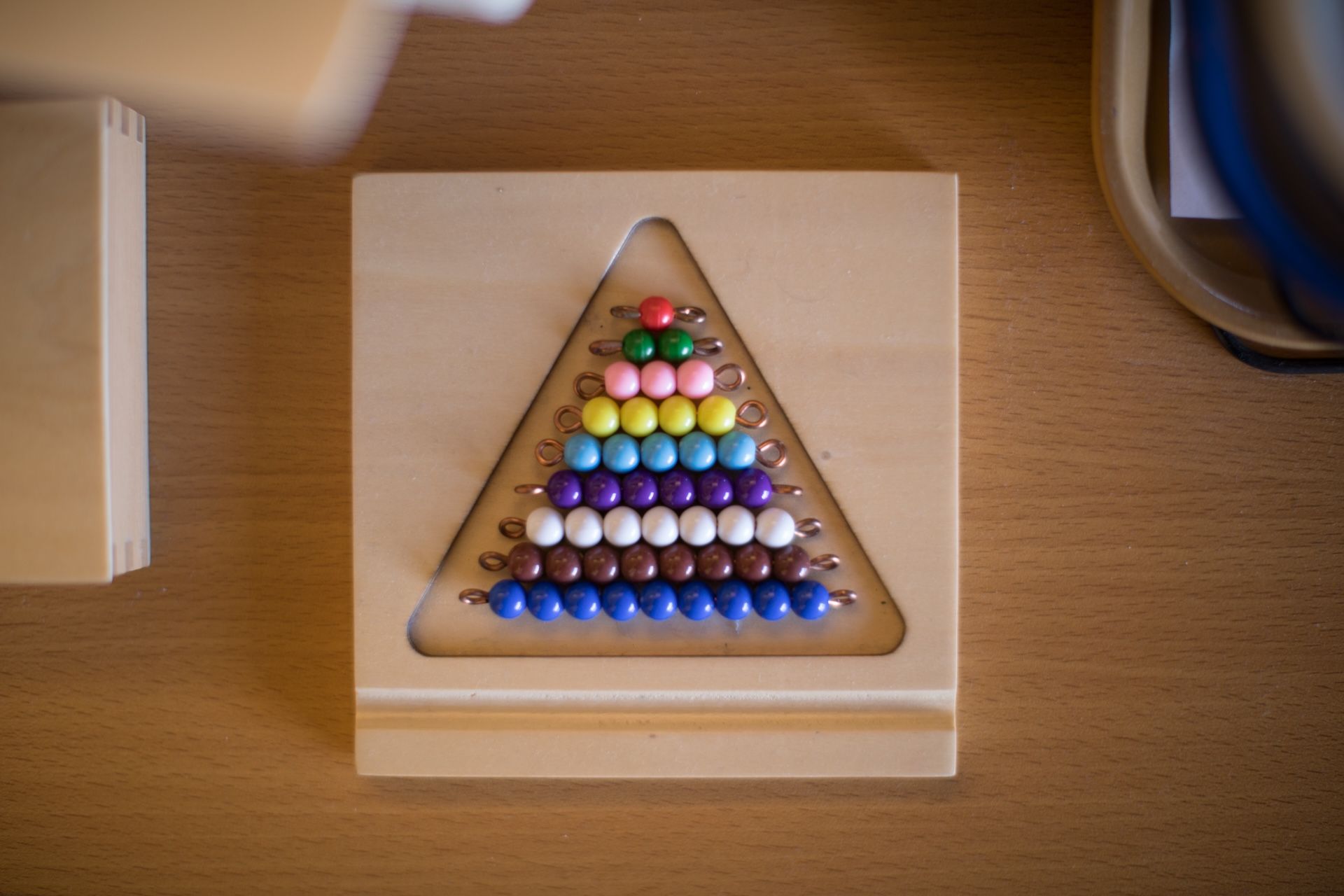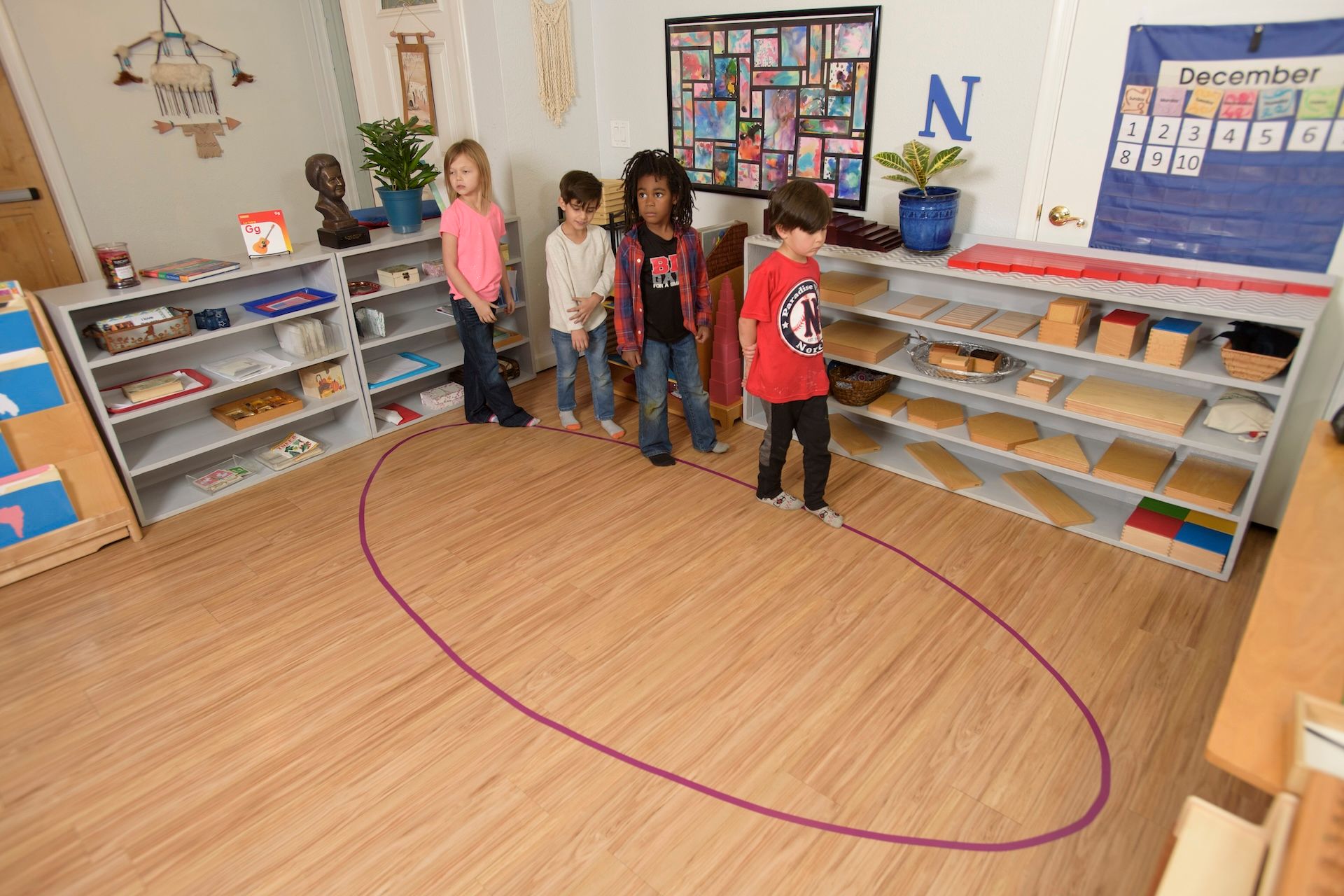The Montessori method can sound idyllic when reading success stories of children who are eating on their own before the age of two, potty training themselves, or keeping their own rooms clean. But in real life, things don’t always go that smoothly.
If you walk into your toddler’s perfect Montessori bedroom one day and find everything scattered all over the floors or your weaning table becomes ground-zero for flinging food all over the kitchen, it doesn’t mean you’ve failed. You’re not a bad Montessori parent; your kids are just being normal kids. This isn’t the time for discouragement.

Your Home Isn’t A Classroom
You might think you’re doing something wrong if your child behaves well in their Montessori classroom then acts differently when they come home. But keep in mind that Montessori classrooms are designed with a specific goal in mind. Their main purpose is to foster child-directed learning and every adult there is focused on guiding, teaching, and supporting the children.
At home, though, there’s more going on. The home environment has to cater to both adult and child needs . And that’s okay. Children don’t need to be in school all day. We encourage you to practice aspects of the Montessori lifestyle at home as much as you want, but don’t feel like a failure if your house doesn’t look like your child’s classroom.
There’s Too Much Stuff
While you don’t need to re-design your whole house around your child, it is much easier to minimize chaos at home if you can take some time to prepare the environment. That’s one of the main things Montessori environments have going for them – they’re carefully prepared to help kids focus. You can use these principles at home fairly easily by taking the time to organize toys and make sure it’s clear where everything belongs.
One of the easiest ways to help your kids keep the house tidy is to minimize the amount of clutter available to your child. The shelves don’t have to be full – you just need a few interesting toys, activities, or books available. Keep extra toys in storage and swap them out for ones your child stops playing with.
They’re Still Kids
Child-directed learning means the child isn’t always going to do things exactly the way you want or as quickly as you hope. Montessori parenting requires lots of patience . Sometimes, it would be easier to pick things up for your kids or to put their clothes on for them instead of waiting to see how much help they might need. But if you want your children to learn on their own, you need to give them a chance to do things at their own pace and work through a trial and error process.
On the other hand, child-directed doesn’t mean undisciplined or spoiled. Dr. Montessori believed in structure and setting limits around a child’s freedom. Don’t think that Montessori parenting means the children are in control of you. A true Montessori environment, at home or in school, sets reasonable limits for appropriate behavior. Remember your children are still kids. They’re still learning and they need your guidance.
You don’t need to expect your children to be models of perfection all the time or turn your home into a copy of the Montessori classroom. Remember that other parents struggle with the same things you do and they’ve succeeded in raising their children into successful, well-balanced adults. And we’ll be here with you every step of the way, supporting your at-home efforts in the classroom.
Hours
MONDAY - FRIDAY
HALF DAY: 8:30a – 12 noon
ACADEMIC DAY: 8:30a – 3:30p
EARLY CARE: 7:00a – 8:30a
AFTER CARE: 3:30p – 6:00p
OFFICE: 8:00a - 4:00p
Programs
Connect
Pebblecreek Montessori




